[](https://datalad.org)
# **EEGmanypipelines analysis**
**a_eegmp_calculate_erp_tfr**
- 50, 100, 150 Hz notch filter
- CSD transform implemented via spherical splines using eeg1005 template
- time-frequency transform using superlets
- TFR: single-trial log10, no baseline
- ERP: single-trial baseline -200:0 ms subtraction
- condition averaging
**b_scenecat_n1_bl**
Assess effect of scene novelty on visual N1 peak amplitude.
Expand figures
Figure 1a:
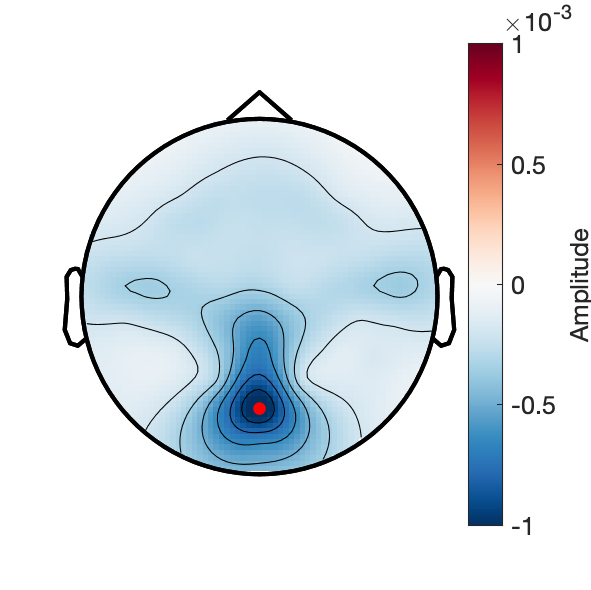 Figure 1b:
Figure 1b:
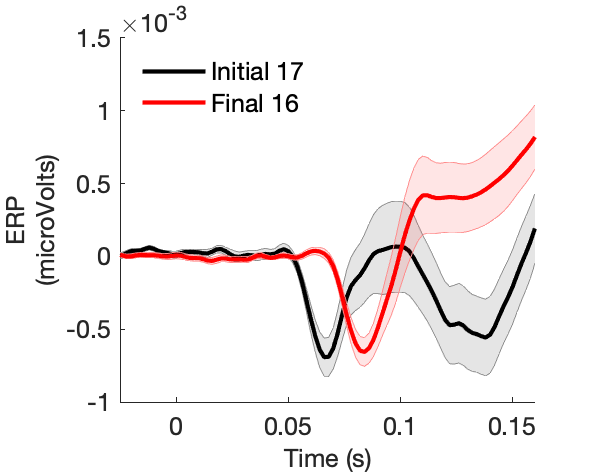 Figure 1c:
Figure 1c:
 Figure 1d:
Figure 1d:
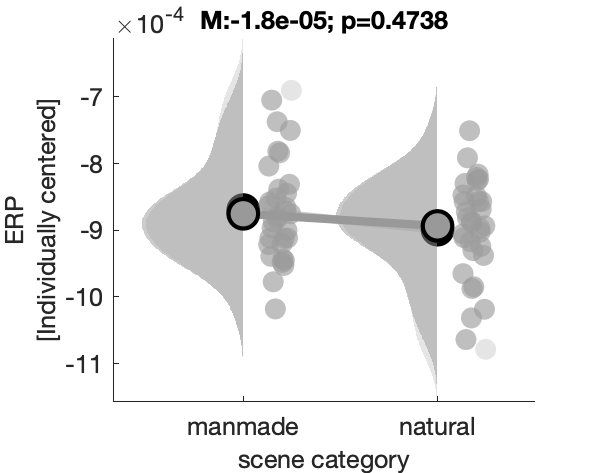 Topography around N1 trough:
Topography around N1 trough:
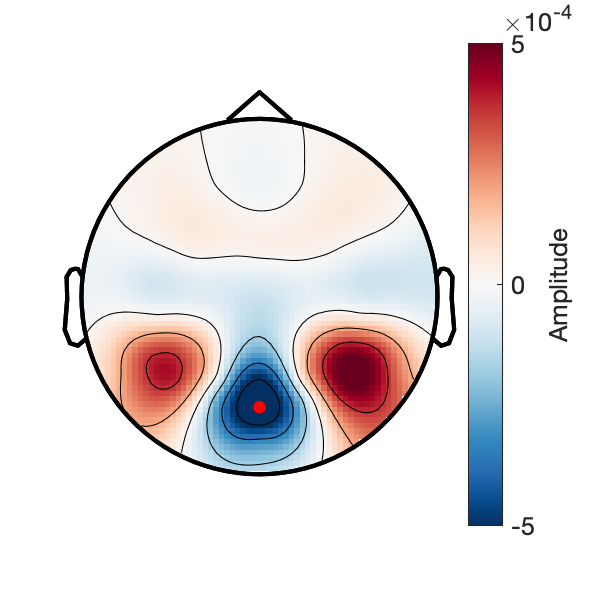
**c1_taskPLS_novelty_frontal_erp**
Assess effect of image novelty on fronto-central voltage.
Expand figures
Figure 2a:
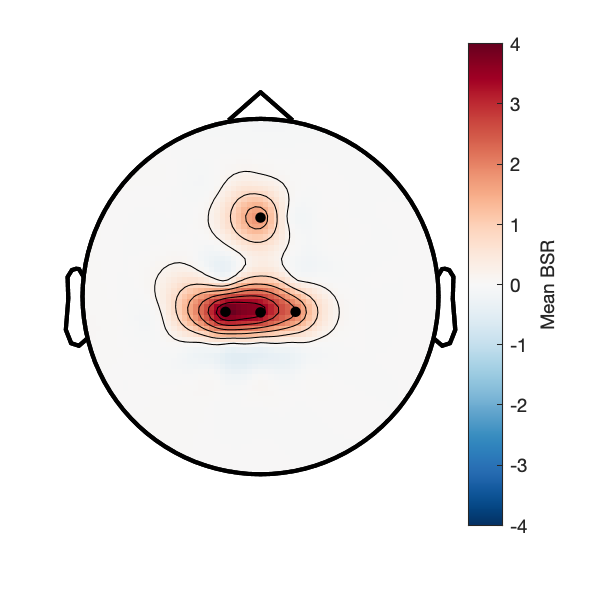 Figure 2b:
Figure 2b:
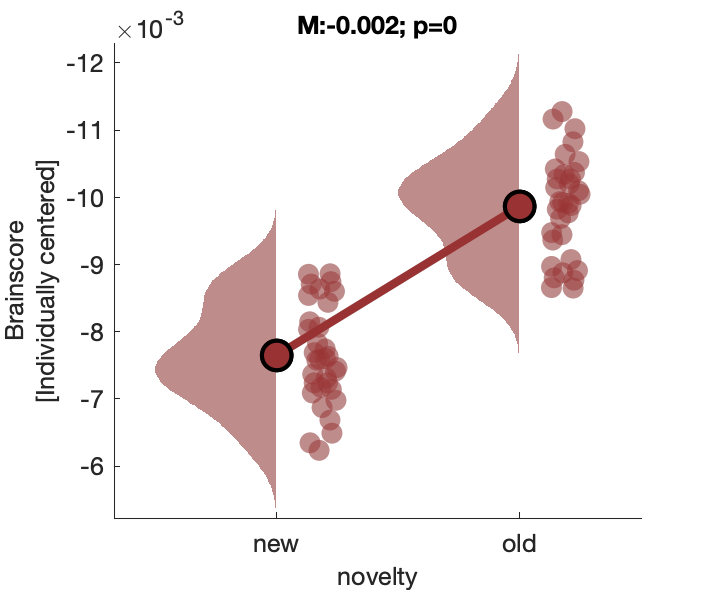 Figure 2c:
Figure 2c:
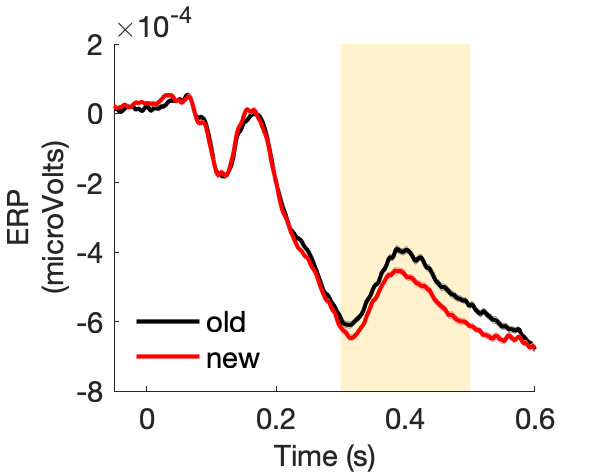 Figure 2d:
Figure 2d:
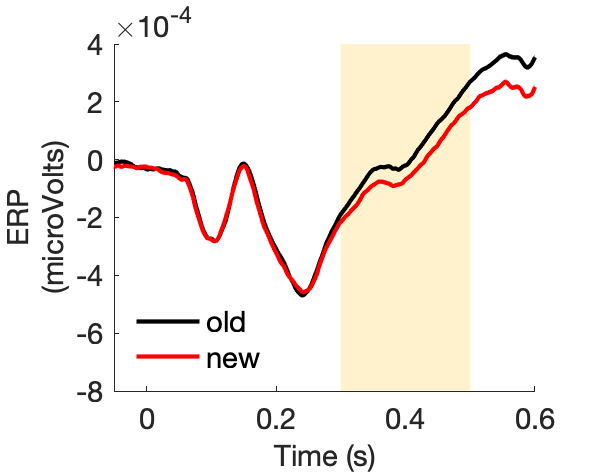
**c2_taskPLS_novelty_frontal_theta**
Assess effect of image novelty on fronto-central theta power.
Expand figures
Figure 3a:
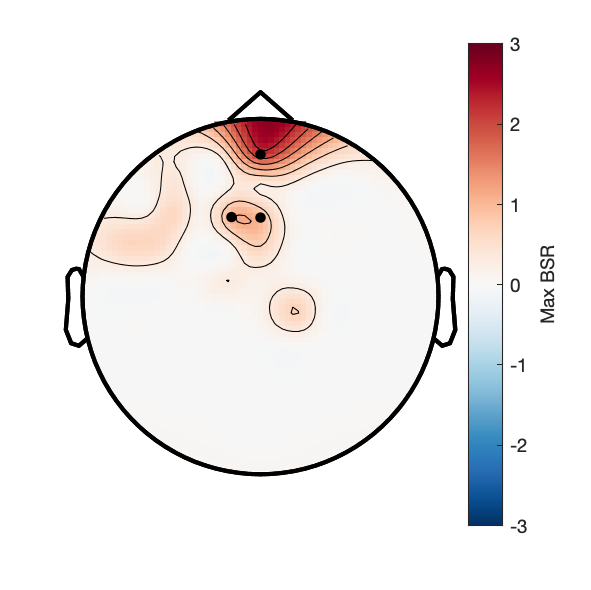 Figure 3b:
Figure 3b:
 Figure 3c:
Figure 3c:

**c3_taskPLS_novelty_posterior_alpha**
Assess effect of image novelty on posterior alpha power.
Expand figures
Figure 4:
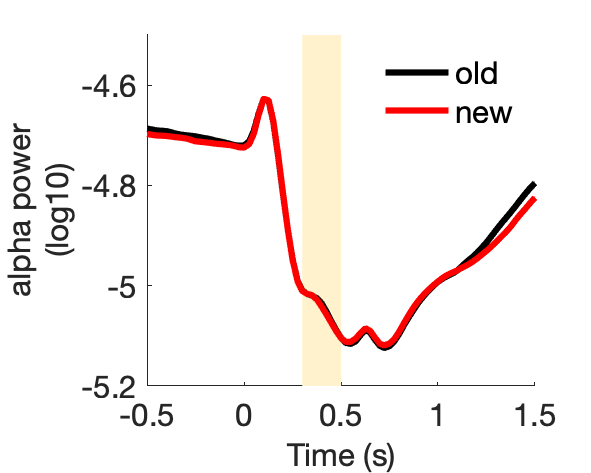
**d1_taskPLS_recognition_erp**
Assess effect of successful 'old' recognition on voltage.
Expand figures
Figure 5a:
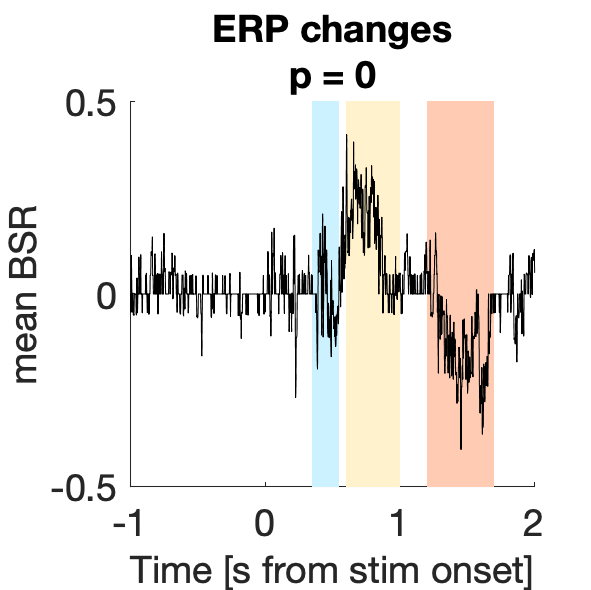 Figure 5b:
Figure 5b:
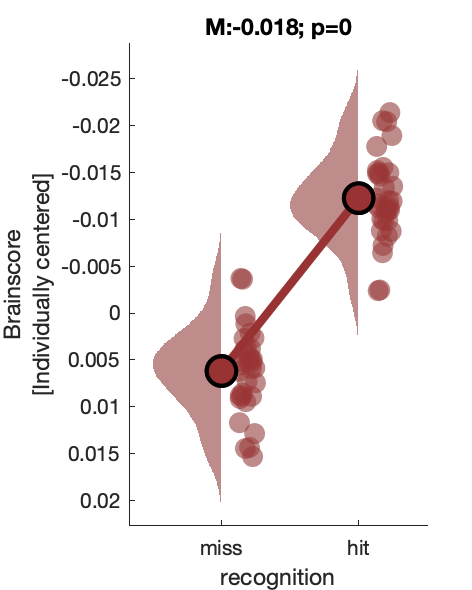
**d2_taskPLS_recognition_erf**
Assess effect of successful 'old' recognition on spectral power.
Expand figures
Figure 6a:
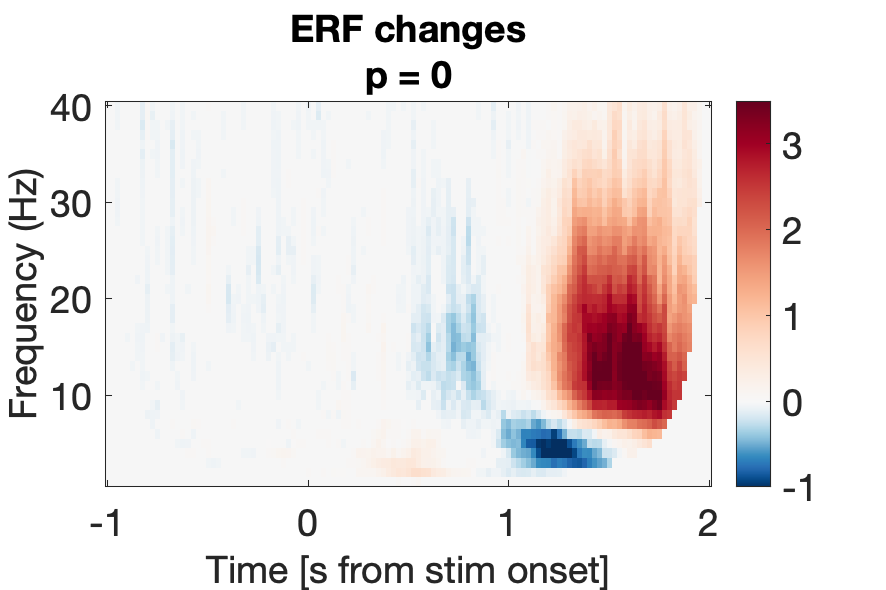 Figure 6b:
Figure 6b:
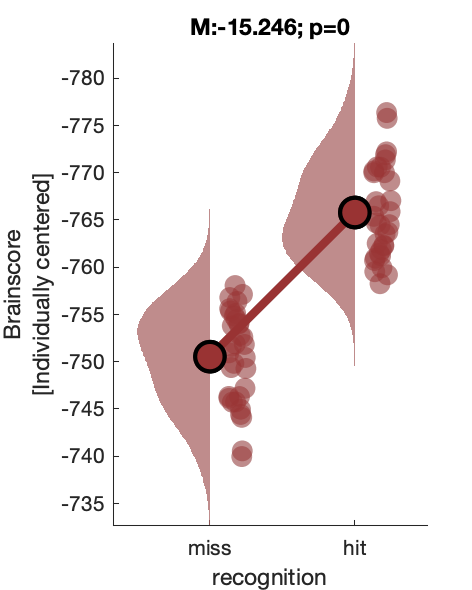 Figure 6c:
Figure 6c:
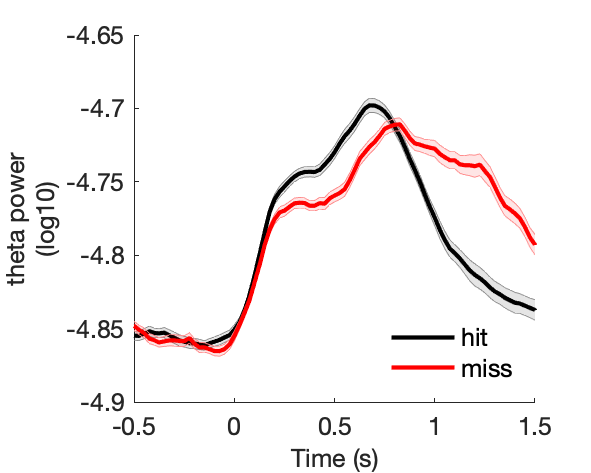
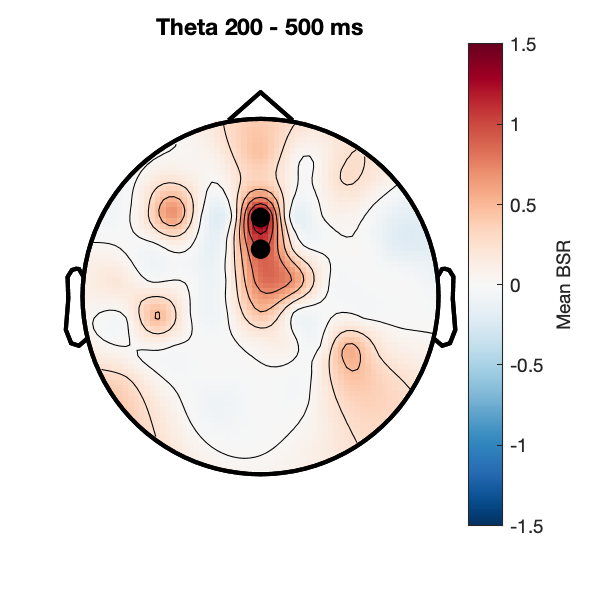
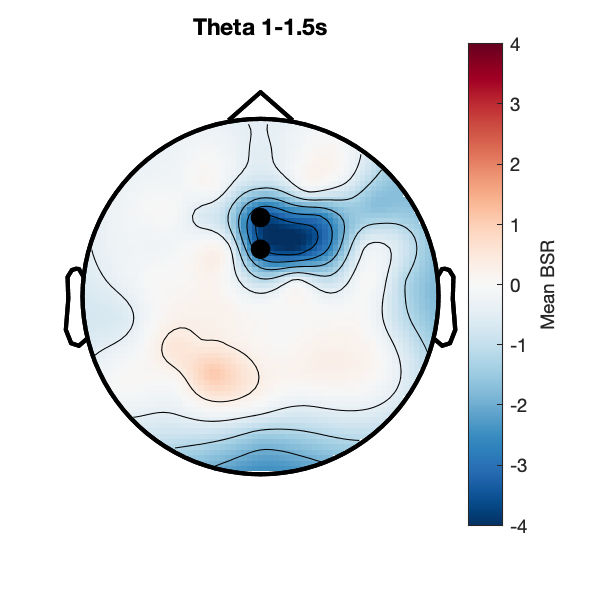 Figure 6d:
Figure 6d:
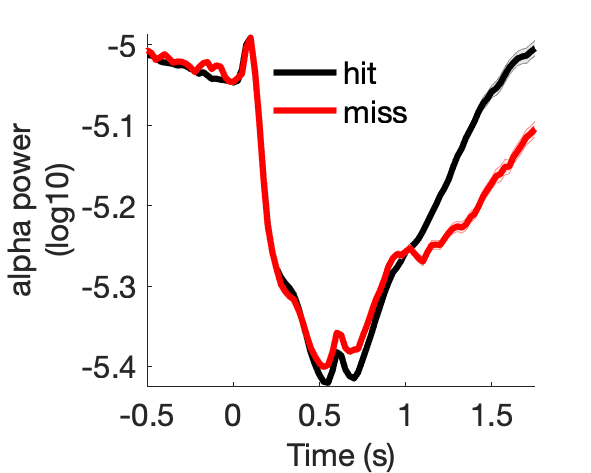
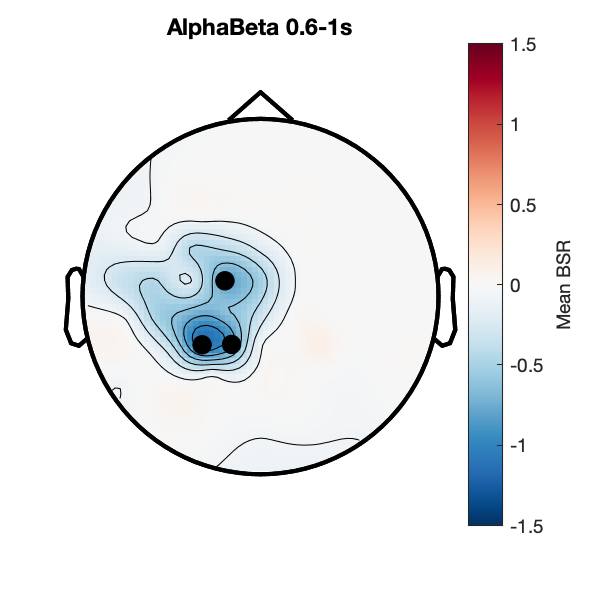
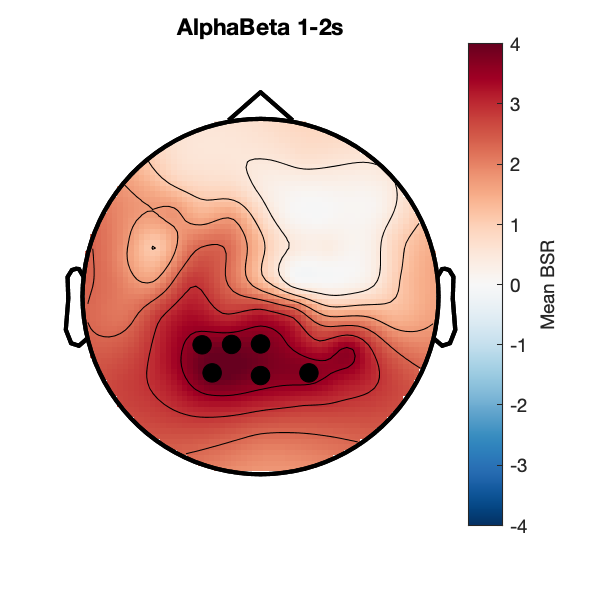
**e1_taskPLS_memory_erp**
Assess effect of subsequent memory on voltage.
**e2_taskPLS_memory_erf**
Assess effect of subsequent memory on spectral power.
Expand figures
Figure 7a:
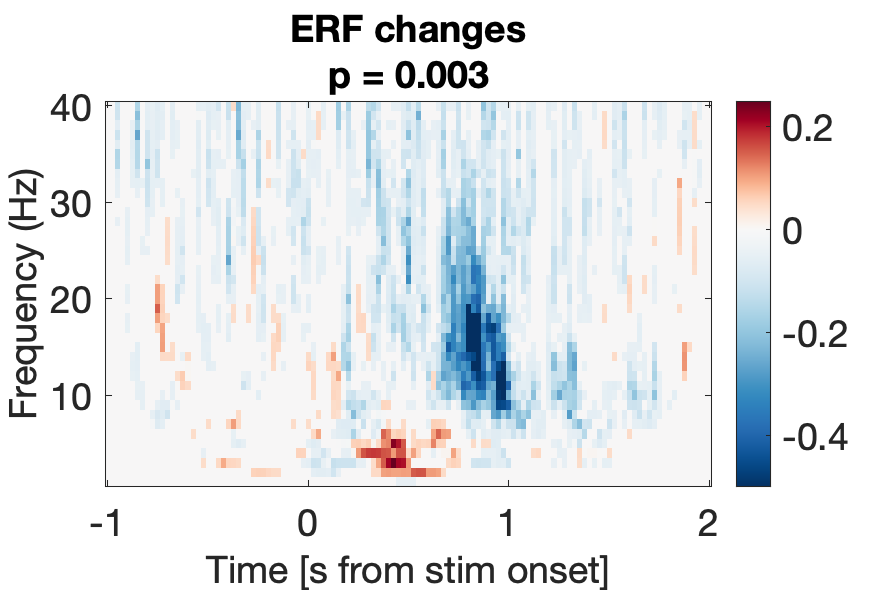 Figure 7b:
Figure 7b:
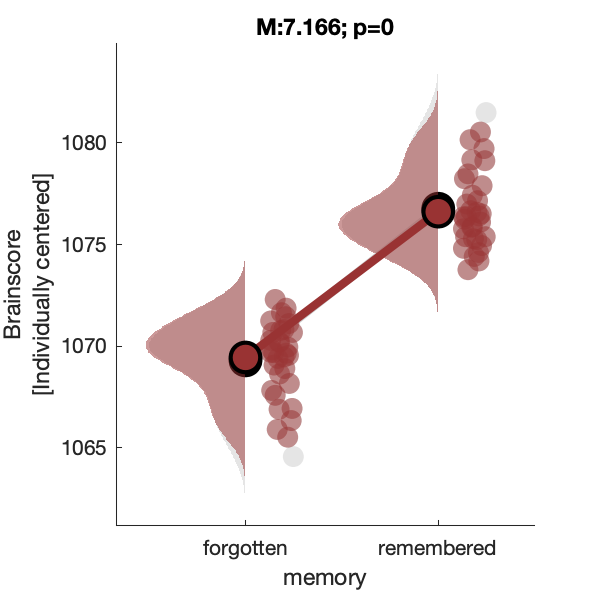 Figure 7c:
Figure 7c:

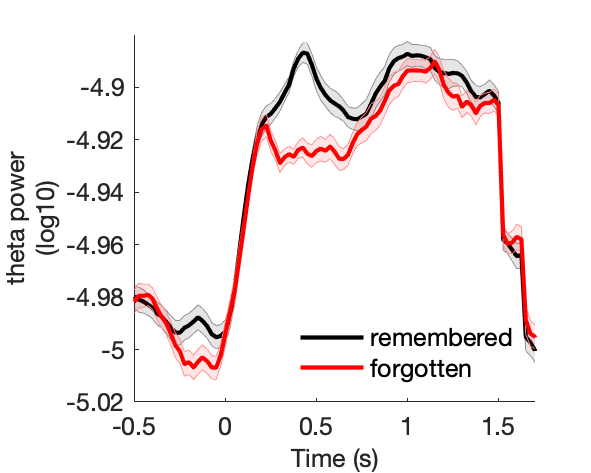 Figure 7d:
Figure 7d:
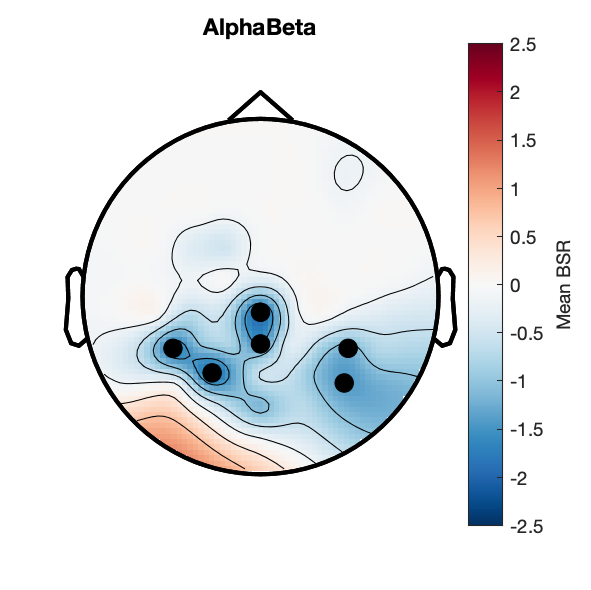
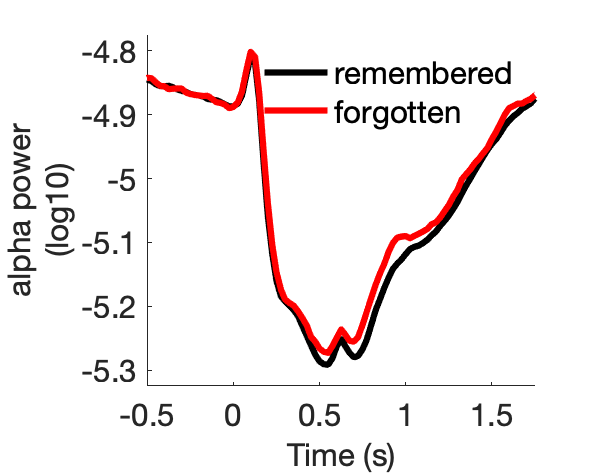
---
# **DataLad datasets and how to use them**
This repository is a [DataLad](https://www.datalad.org/) dataset. It provides
fine-grained data access down to the level of individual files, and allows for
tracking future updates. In order to use this repository for data retrieval,
[DataLad](https://www.datalad.org/) is required. It is a free and
open source command line tool, available for all major operating
systems, and builds up on Git and [git-annex](https://git-annex.branchable.com/)
to allow sharing, synchronizing, and version controlling collections of
large files. You can find information on how to install DataLad at
[handbook.datalad.org/en/latest/intro/installation.html](http://handbook.datalad.org/en/latest/intro/installation.html).
### Get the dataset
A DataLad dataset can be `cloned` by running
```
datalad clone
```
Once a dataset is cloned, it is a light-weight directory on your local machine.
At this point, it contains only small metadata and information on the
identity of the files in the dataset, but not actual *content* of the
(sometimes large) data files.
### Retrieve dataset content
After cloning a dataset, you can retrieve file contents by running
```
datalad get `
```
This command will trigger a download of the files, directories, or
subdatasets you have specified.
DataLad datasets can contain other datasets, so called *subdatasets*.
If you clone the top-level dataset, subdatasets do not yet contain
metadata and information on the identity of files, but appear to be
empty directories. In order to retrieve file availability metadata in
subdatasets, run
```
datalad get -n
```
Afterwards, you can browse the retrieved metadata to find out about
subdataset contents, and retrieve individual files with `datalad get`.
If you use `datalad get `, all contents of the
subdataset will be downloaded at once.
### Stay up-to-date
DataLad datasets can be updated. The command `datalad update` will
*fetch* updates and store them on a different branch (by default
`remotes/origin/master`). Running
```
datalad update --merge
```
will *pull* available updates and integrate them in one go.
### Find out what has been done
DataLad datasets contain their history in the ``git log``.
By running ``git log`` (or a tool that displays Git history) in the dataset or on
specific files, you can find out what has been done to the dataset or to individual files
by whom, and when.
### More information
More information on DataLad and how to use it can be found in the DataLad Handbook at
[handbook.datalad.org](http://handbook.datalad.org/en/latest/index.html). The chapter
"DataLad datasets" can help you to familiarize yourself with the concept of a dataset.
 Figure 1b:
Figure 1b:
 Figure 1c:
Figure 1c:
 Figure 1d:
Figure 1d:
 Topography around N1 trough:
Topography around N1 trough:

 Figure 1b:
Figure 1b:
 Figure 1c:
Figure 1c:
 Figure 1d:
Figure 1d:
 Topography around N1 trough:
Topography around N1 trough:

 Figure 2b:
Figure 2b:
 Figure 2c:
Figure 2c:
 Figure 2d:
Figure 2d:

 Figure 3b:
Figure 3b:
 Figure 3c:
Figure 3c:


 Figure 5b:
Figure 5b:

 Figure 6b:
Figure 6b:
 Figure 6c:
Figure 6c:


 Figure 6d:
Figure 6d:



 Figure 7b:
Figure 7b:
 Figure 7c:
Figure 7c:

 Figure 7d:
Figure 7d:

